Author: Chang Yan
“There is good news and bad news.”
I was just sorting out my recent WeChat chat records and found that this sentence has almost become my daily greeting with my colleagues.
When a company is building a road from scratch or chasing a goal, life often plays a joke on you in a mixture of joy and sorrow, serving up a big feast but then revealing a note that is hard to swallow when you are satiated and drunk on wine.
God is like this to us, and to big companies too. As some people often say, “the biggest disadvantage of the current world is Volkswagen’s ID series.”
The ID series is considered Volkswagen’s flagship for the future of electrification and intelligence. From the beginning, the OTA was the most important part of the software architecture.
The OTA of the ID series has indeed successfully pushed itself and the entire group to the forefront of the automotive industry several times but it doesn’t seem to be a good thing. For example, Volkswagen has had a black history of not being able to launch the first version of the software on time despite using a team of more than 10,000 people, and the picture of hundreds of ID.3 electric cars being updated one by one using cables is even worse.
Now, the most important OTA update in the history of ID has arrived. What story can it bring?
More weight
If intelligent electric vehicles are walking on “two legs” of hardware and software, Volkswagen has undoubtedly grown faster on the “hardware leg”.
“Let a platform mature first, and then launch more models on this mature platform,” this is Volkswagen’s expertise.
So, last time we talked about OTA, ID. was only a single model, ID.3. Today, it has become a big family, including two major car series, ID.4 and ID.6, and two new models, ID.5 and ID. Buzz.
And every time new hardware is added, Volkswagen also releases some software news.In March 2021, we witnessed the first large-scale software update of the ID., which, due to technical limitations, still required a visit to the dealer rather than an Over-The-Air update. In July of the same year, Volkswagen upgraded the vehicle’s lighting controls and entertainment screen interface, providing owners with the joy of Air Updating for the first time. Volkswagen also announced that it would implement a strategy of releasing a major update every 12 weeks. In December of the same year, Diess announced on LinkedIn that the 3.0 update would be available in the “spring” of 2022.
Diess elaborated on the value of this OTA in a lengthy post, using a screenshot of himself laughing as the video thumbnail to demonstrate how “exciting” this software update was. He stated, “As an automotive engineer, it is so novel and exciting.”
“It will use cloud data collected from nearly 500,000 Volkswagen vehicles within a range of 1.2 billion kilometers to improve driving assists.”
Like getting a brand new car
Before OTA became widely experienced by users, electric car owners used to say “like getting a brand new car” after every OTA update. Over time, as OTA updates became more common, fewer and fewer people said this.
But this 3.0 OTA hyped by Diess can really make your ID. feel like a brand new car.
First of all, for users who have opted for advanced driving assistance functions, this update will introduce the core functions.
The brand new Travel Assist with Swarm Data feature allows the vehicle to intelligently stay in the center of the lane, adapting to the driver’s driving style and allowing the vehicle to slightly lean left or right in the lane like the driver himself/herself would. The system can also automatically adjust the vehicle’s speed according to road speed limits and layout.This system also supports active lane change function, which can be activated when the vehicle reaches a speed of 90km/h and conditions permit, through the rear millimeter-wave radar. To be honest, it wasn’t until now that I found out the ID. series is equipped with a capacitive steering wheel.
Even on rural roads without center lane markings, this system can still be activated.
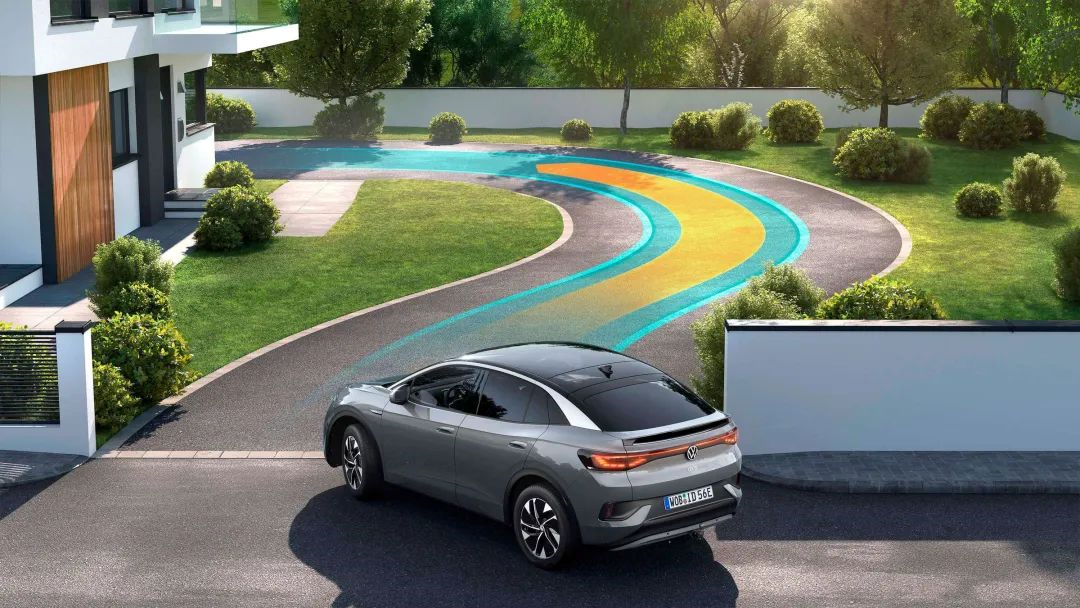
The second intelligent assistant is Park Assist Plus, as the name suggests, it is mainly used for automatic parking, and allegedly supports common parking spaces. It can also intervene during the parking process while you are parking.
You can spend more money to make this assistant stronger, with a “memory function”: when the vehicle speed does not exceed 40km/h and the distance is no more than 50 meters, the car can learn up to five different parking routes on its own, which seems to only be suitable for users with villas and private garages.
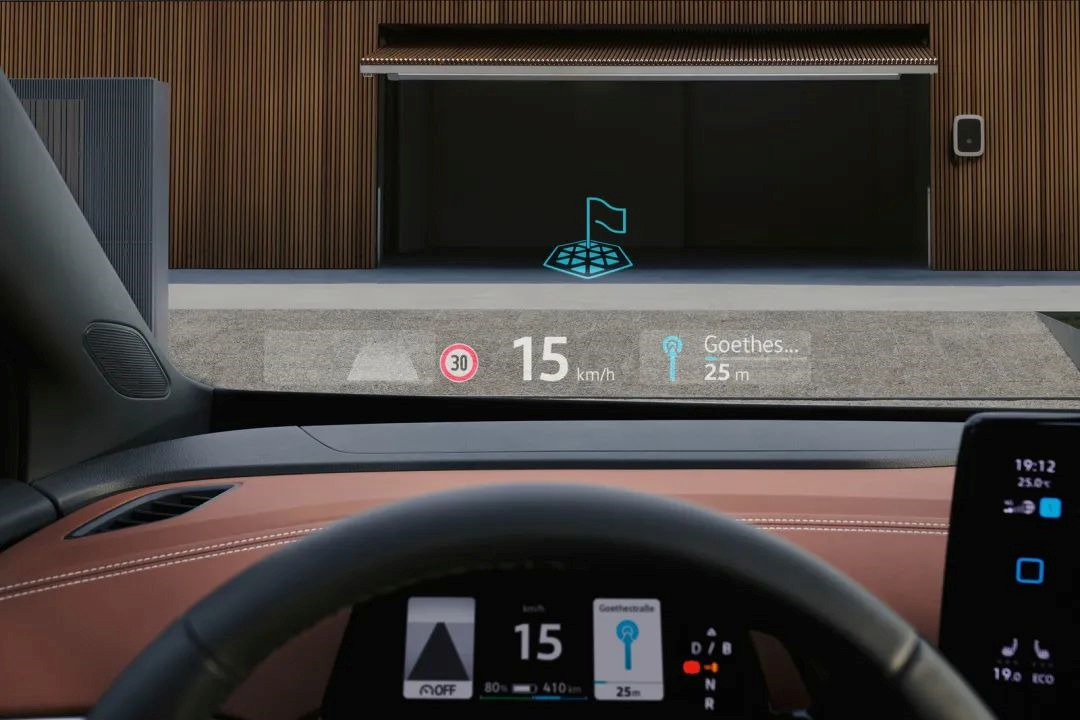
The HUD, ID. unique screen light strip below the screen, car entertainment screen, and intelligent voice assistants have also been updated.
Volkswagen has not forgotten to showcase its “user co-creation”. Silke Bagschik, Chief Marketing Officer of Volkswagen ID. Digital Projects Department, said: “Many members of the ID. Drivers Club wanted to display percentage information, so we made it happen.”
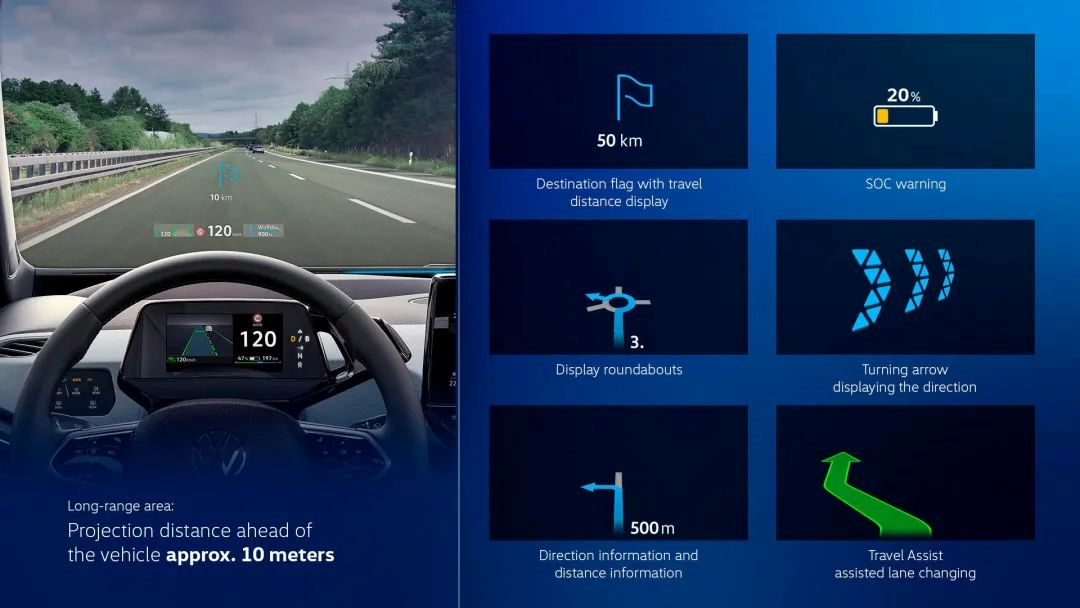
“If you are not interested in any of these things, you can still feel the power of this OTA update even if you use it as a means of transportation,” said the spokesperson.
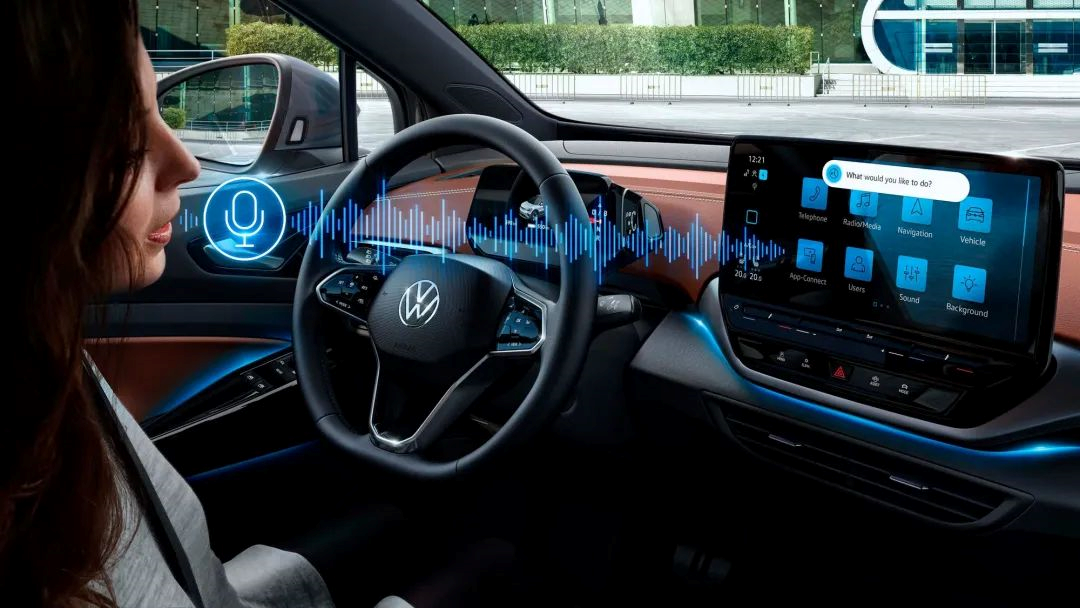
The ID. series equipped with a 77kWh long-life battery pack has increased its maximum charging power from 125kW to 135kW. Although the percentage increase is only 8%, Volkswagen has kindly extended the peak power duration.
As shown in the figure below, Volkswagen has reduced the time it takes to charge from 5% to 80% from 38 minutes to 29 minutes, which means a 23% reduction in anxiety and waiting time in such usage scenarios.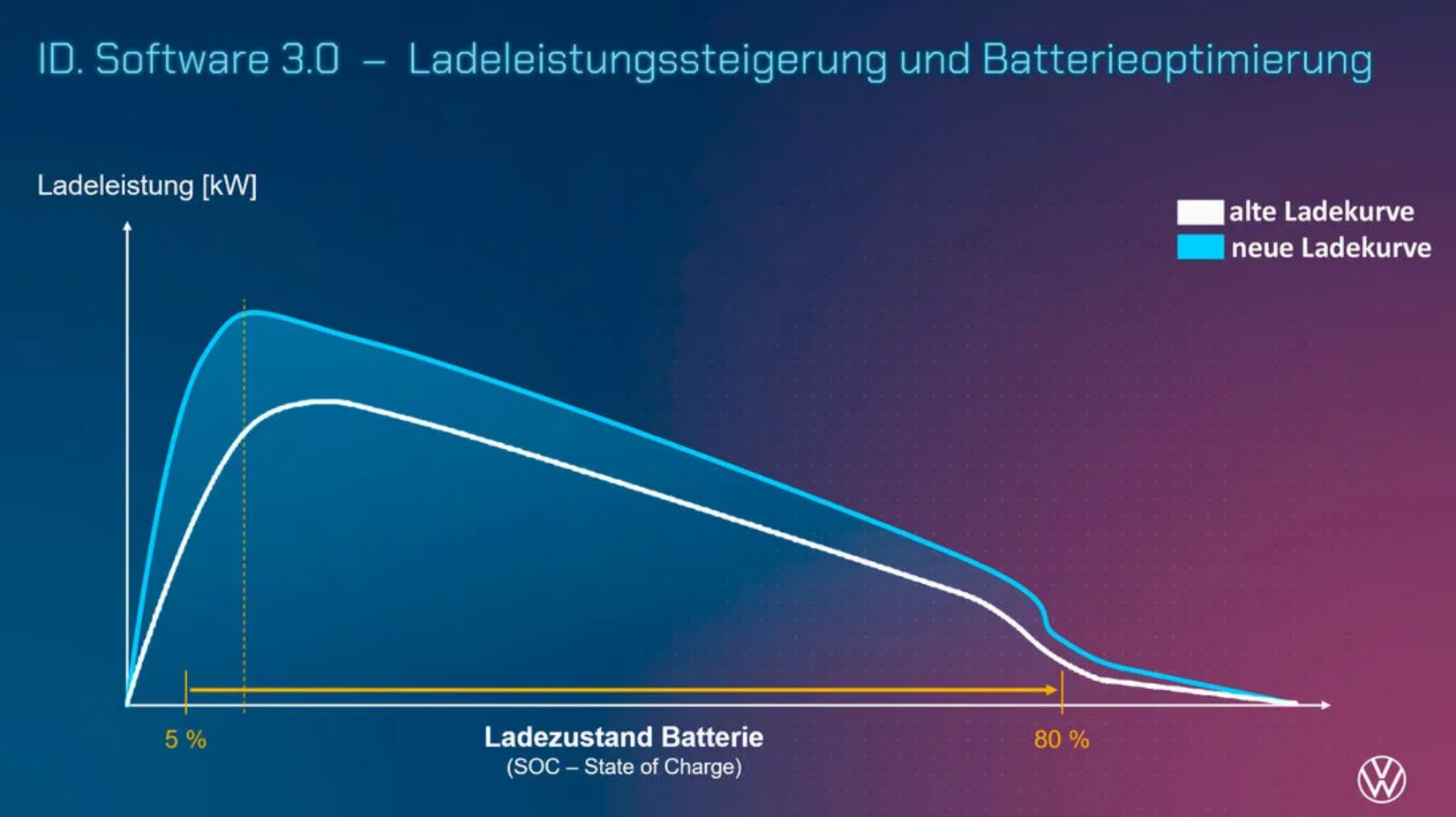
Volkswagen also promises to bring plug-and-charge and reverse charging features later this year.
The Promised OTA Update Is Delayed Again
Just two weeks ago, Volkswagen released the feature list for the 3.0 version OTA on its official website. Since then, nearly 200,000 ID. users worldwide have been eagerly waiting for the moment when they can update their cars with a tap on a button and get a brand new experience on their way home.
But they are still waiting.
Today, the German old-school automotive media “Auto Motor und Sport” announced that this OTA update is going from online to offline once again…
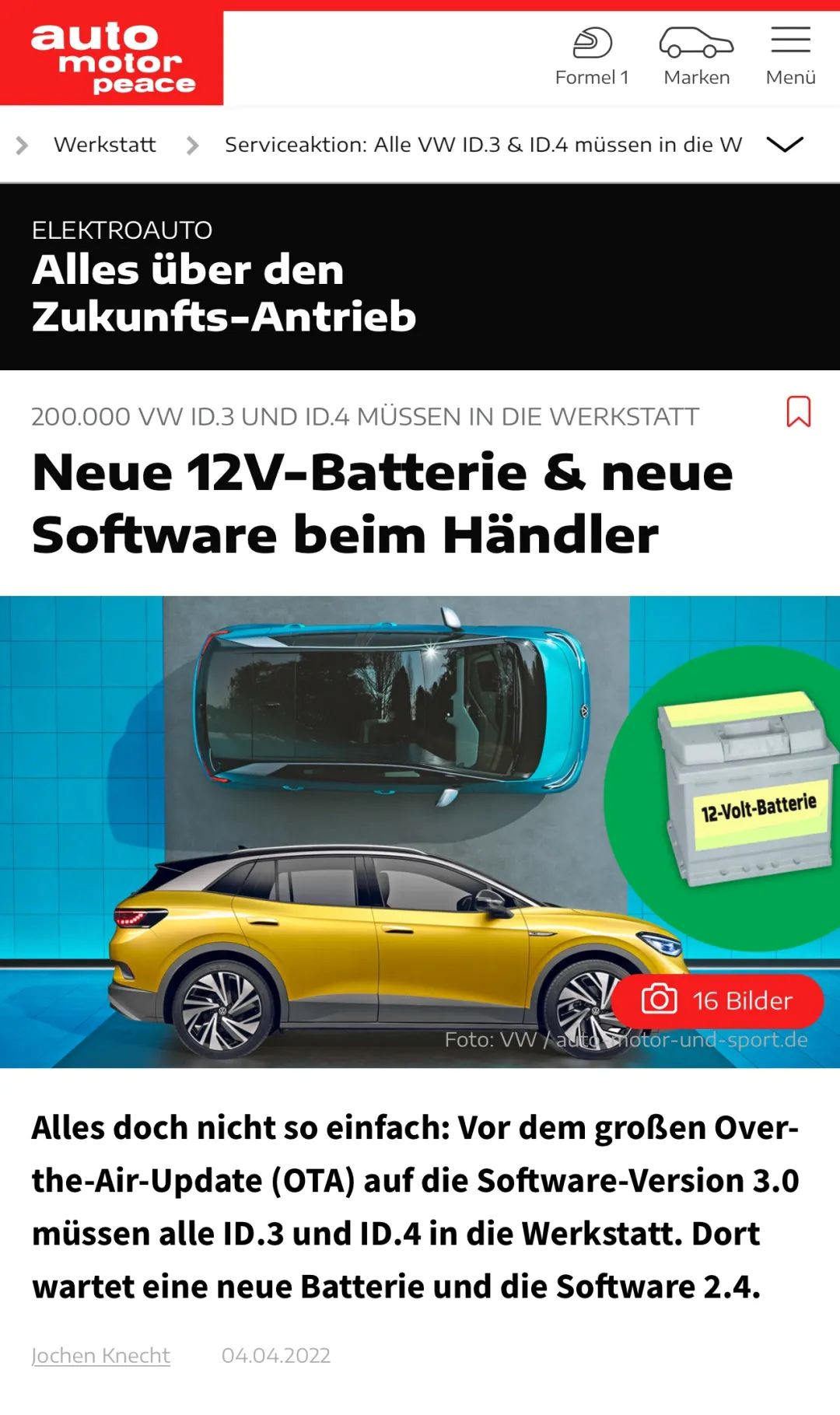
The reason is that the data volume of this update with its new features is just too large, so it takes a long time.
The OTA 3.0 update needs to be conducted in two phases, with the installation of the data packet requiring 7.5 hours in the first phase – yes, you read it right, in hours. After ensuring that the update is complete, the second data packet needs to be upgraded, taking another 4.5 hours.
The time is not only incomprehensible to those who have updated other products; it is even too long for the ID. series’ original 12V battery that was used to support OTA.
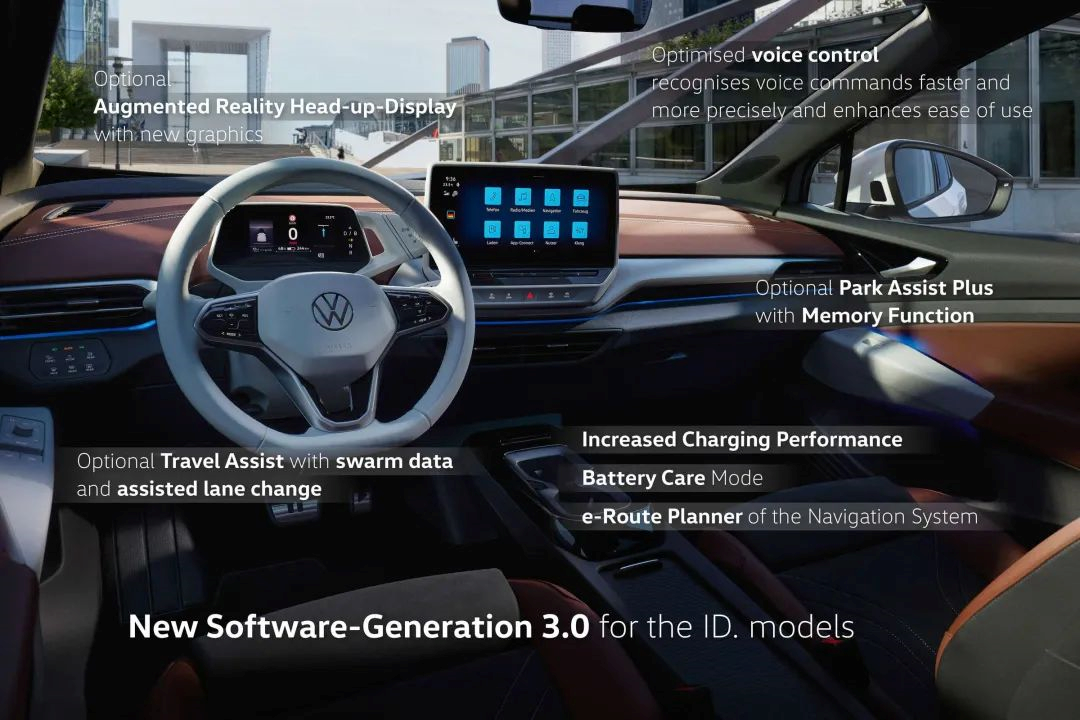
As if that wasn’t enough, the software OTA update comes with hardware OTA update as well. Volkswagen will exchange the EFB+ 12V battery for all previous ID. models, which has a stronger battery capacity and “can better meet the large energy demand of electric vehicles.”
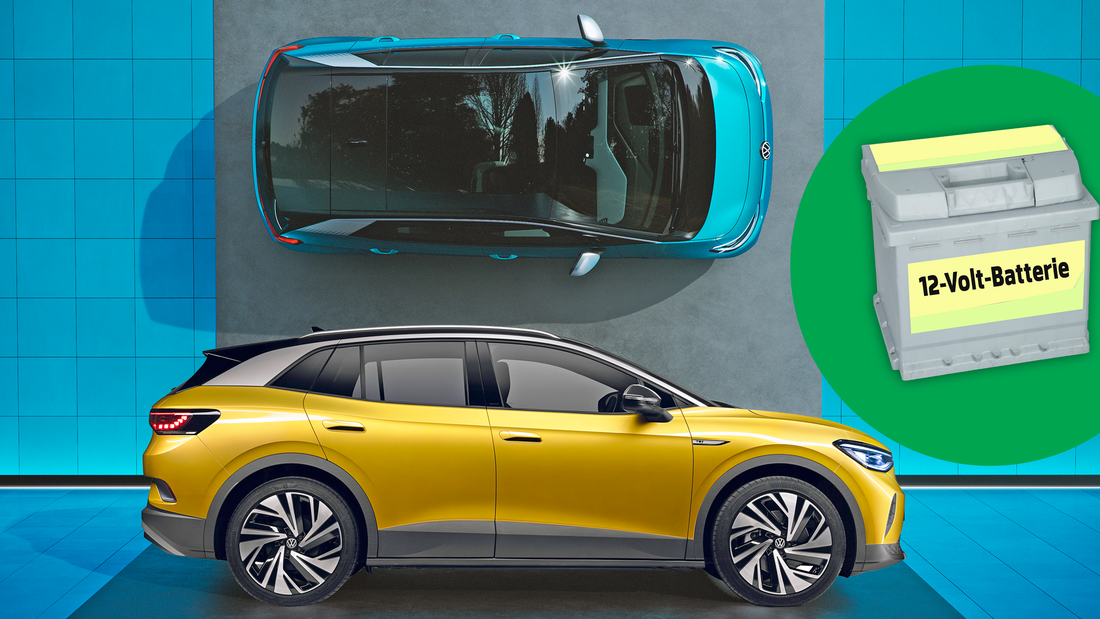
Volkswagen’s other concern is that not all ID. cars that have been delivered so far have been upgraded to the latest 2.7 version. Upgrading from other versions may result in various unknown issues, so Volkswagen has decided to send all cars back to dealers for updating, thereby avoiding unpredictable problems that users may come up with.
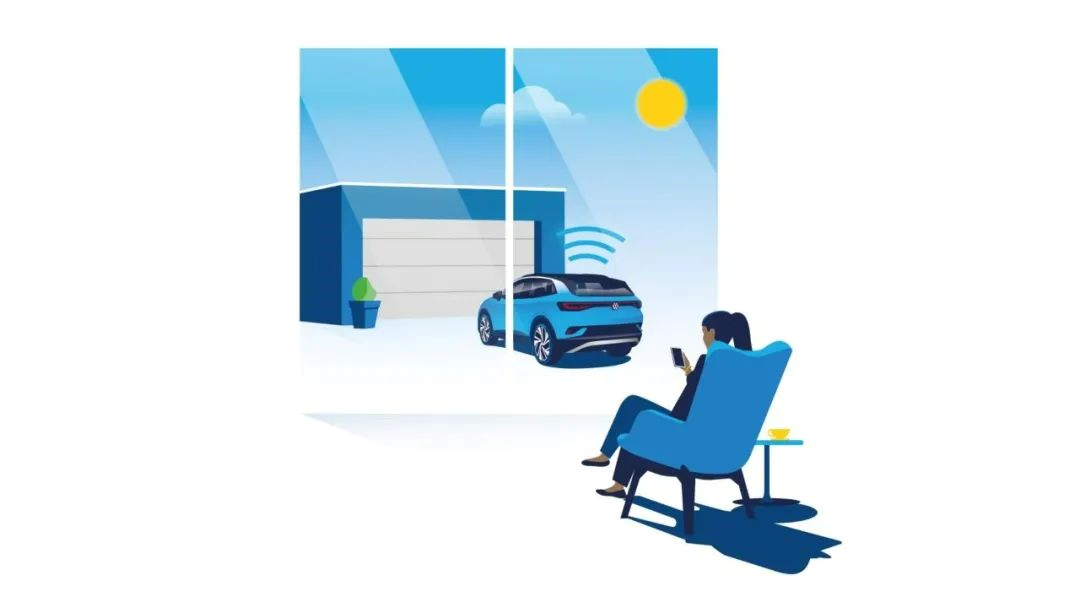 The most interesting thing is that, according to the regulations, all ID. models should enjoy the replacement car service during the maintenance period, and Volkswagen currently estimates that there are more than 200,000 vehicles involved in this OTA update. Therefore, the time process of this OTA update will also be exceptionally long.
The most interesting thing is that, according to the regulations, all ID. models should enjoy the replacement car service during the maintenance period, and Volkswagen currently estimates that there are more than 200,000 vehicles involved in this OTA update. Therefore, the time process of this OTA update will also be exceptionally long.
After all, I’m worried that there won’t be enough replacement cars for everyone in the service system….
Thomas Ulbrich, a member of Volkswagen’s technology development management committee, once said that “OTA is the core function of digital connected cars, and they will soon become a normal part of our customers’ lives, just like their smartphones. Software development is iterative and fast-paced, and we are working on short cycles like a technology company.” Volkswagen has even positioned itself as a “software-oriented mobile service provider,” but from the current perspective, the software aspect still needs to catch up.
This is not necessarily bad news, and hopefully there will be good news in the future.
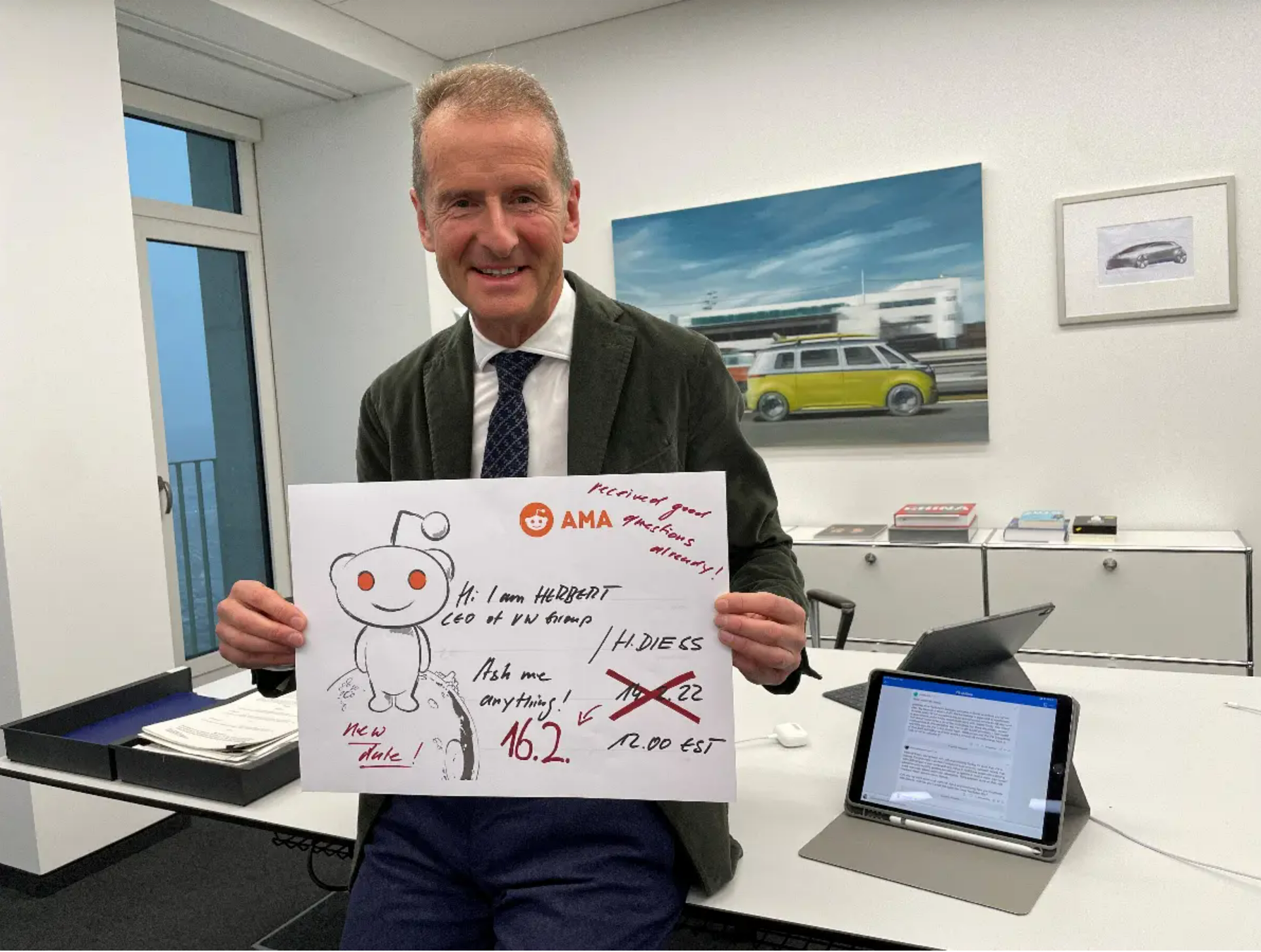
This article is a translation by ChatGPT of a Chinese report from 42HOW. If you have any questions about it, please email bd@42how.com.
